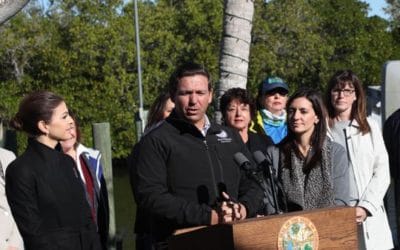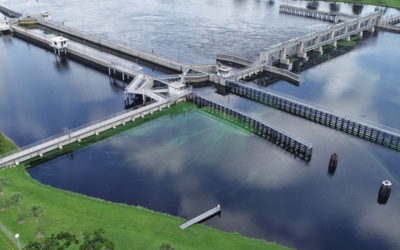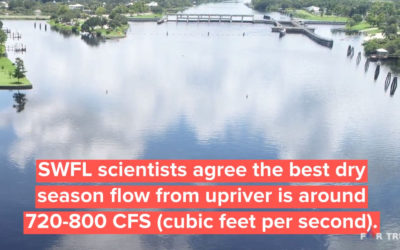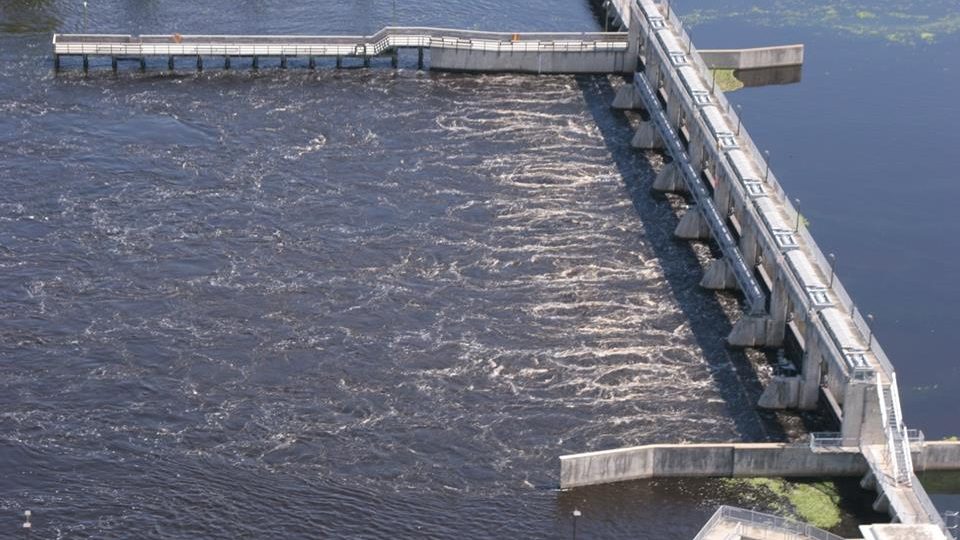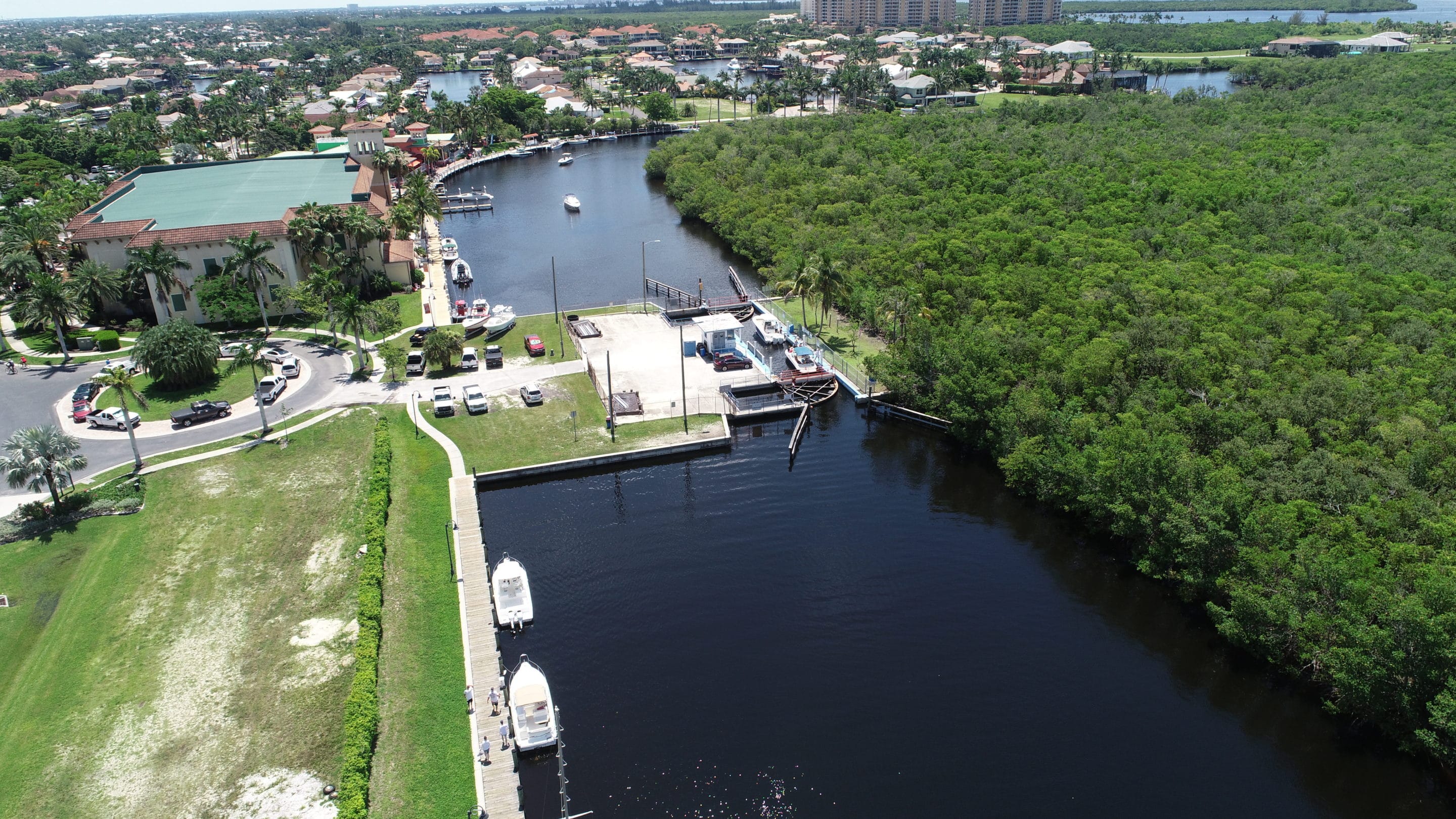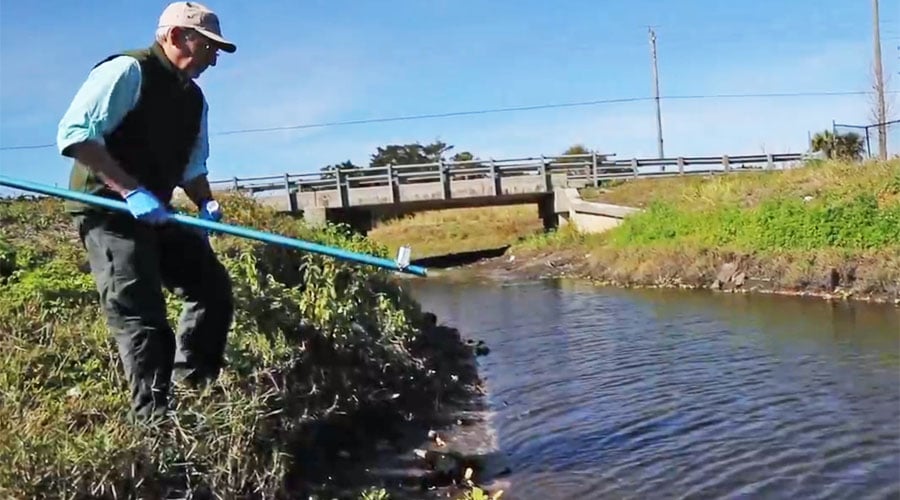Issue:
Lake Okeechobee Discharges
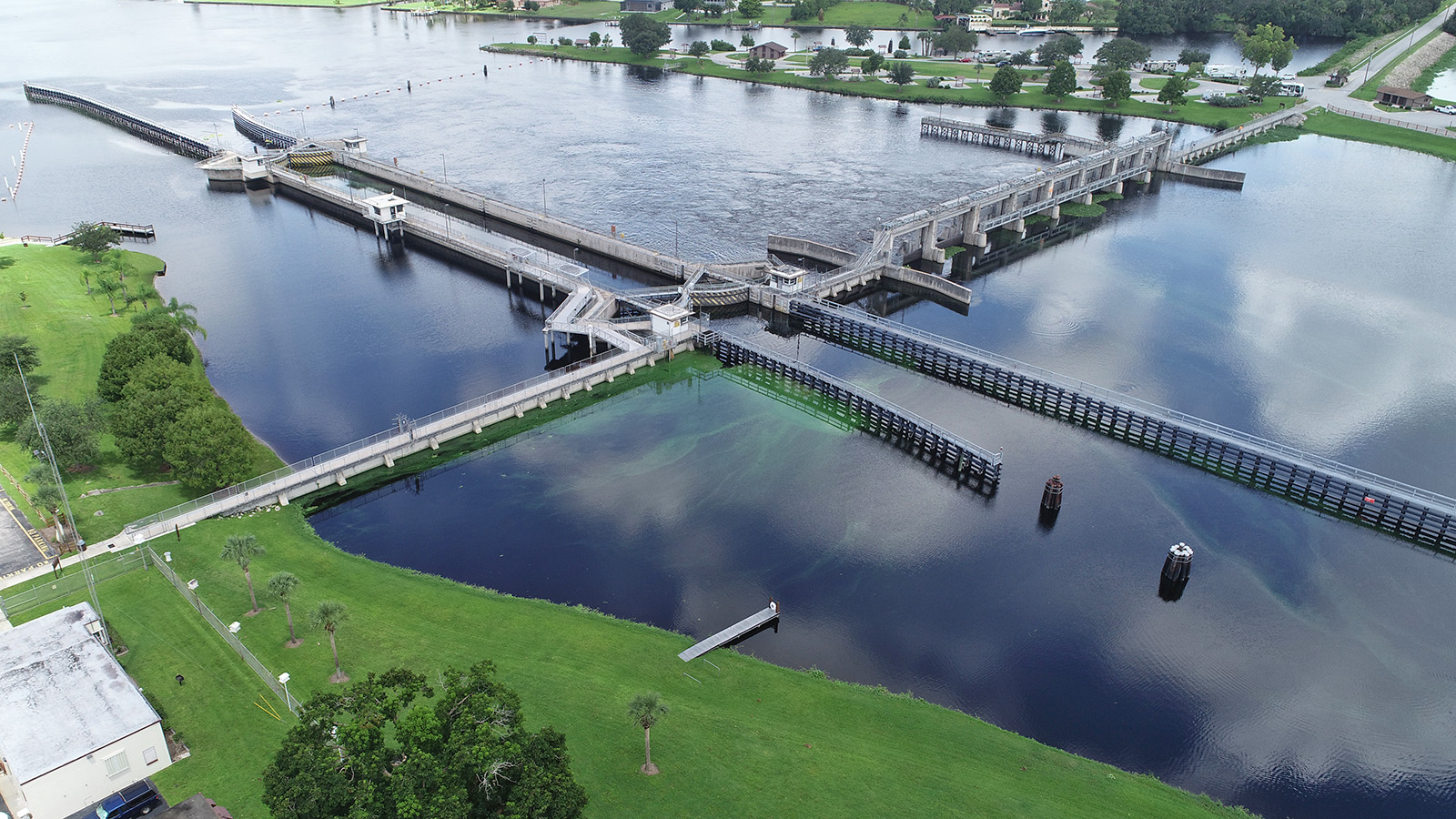
Harmful Discharges
Lake Okeechobee is often referred to as the “liquid heart” of Florida. Unfortunately, over the years, the Lake has become heavily polluted by run-off from agriculture and development in Central & South Florida.
As it was designed in 1947 to avoid flooding south of the lake, the Caloosahatchee and St. Lucie rivers are the two “safety valves” of the system during high water events. Water from Lake Okeechobee is now routinely discharged to these rivers and sent to tide in the Gulf of Mexico and Atlantic Ocean. This practice is also starving Florida Bay of the freshwater it naturally received through the historic Everglades.
In the wet season, massive amounts of nutrient polluted water is now being sent to the Caloosahatchee River. This nutrient rich water is exacerbating harmful algal blooms of increasing scope and frequency.
The federal Army Corps of Engineers is responsible for the Lake’s operation. The Corps’ operational manuals consider public safety and many other objectives set forth by the state’s South Florida Water Management District.
Minimum Flows & Levels
To complicate matters for the Caloosahatchee, our brackish water estuary thrives with a certain amount of freshwater sustaining Vallisneria tape grass near Fort Myers. When dry season rainfall is not enough to suppress salinity levels, tape grass die-offs occur.
As a result of these two seasonal swings, and water mismanagement by government agencies, the Caloosahatchee often suffers from too much freshwater in the wet season, and not enough freshwater in the dry season.

Useful Links
Lake Okeechobee Status

There are a number of tools we use to gather information about the current status of harmful algal blooms on the Lake, as well as the flows being overseen by water managers. Here are a few of the best:
Related News Stories
Lake Okeechobee
You Can Have a Say in Lake Okeechobee Discharges
Bringing more balance back to the Lake O Regulation Schedule (LORS) is vitally important. Harmful algal blooms stemming from Lake releases have impacted people’s health, their property values and further diminished the waters and wildlife that our tourist-based economy depends on.
Governor Ron DeSantis Unveils Major Environmental Reforms
A day after his inauguration, Ron DeSantis began a three-stop tour in Southwest Florida, still reeling from months of crisis-level toxic algae and red tide, to unveil a multifaceted executive order on water policy vastly different from his predecessor’s.
Calusa Waterkeeper Joins Environmental Groups in Law Suit Against Federal Agencies
The 2018 independent review of progress on Everglades restoration by the National Academies of Science, Engineering and Medicine indicated that at current funding levels, it could take 65 years to complete the presently authorized restoration projects.
Challenging the Caloosahatchee Minimum Flow Level (MFL)
For Truth Media released a video on the Caloosahatchee MFL and the harm it has caused the Caloosahatchee estuary the last 2 decades. Several local groups and municipalities are challenging SFWMD to have the MFL increased from 400 to between 700 & 1000 cfs.
We Must Work Together to Solve Water Crisis
Not a single state or federal agency responsible for regulating water quality or public health attended Sen. Bill Nelson’s visit to Fort Myers in response to the historic algae bloom on the Caloosahatchee, yet the purpose of the gathering was to share and communicate ideas on solving the problem on various fronts.
Make a Donation
Get Notified
Priority Issues
Harmful Algal Blooms
Cyanobacteria & Red Tide
Cyanobacteria (blue-green algae) and Karenia brevis (red tide) have been making major impacts on Southwest Florida.
Lake Okeechobee Discharges
Revise System Operating Manual
The Caloosahatchee River often suffers from too much freshwater in the wet season, and not enough freshwater in the dry season.
Cape Coral Spreader Canals
Nutrient & Sediment Loading
The City of Cape Coral is working to remove large storm-water barriers to make recreational boating more convenient.
Bacteria Monitoring
Fecal Indicator Bacteria
Calusa Waterkeeper has been at the forefront of monitoring this Fort Myers tributary for fecal bacteria indicators.

























